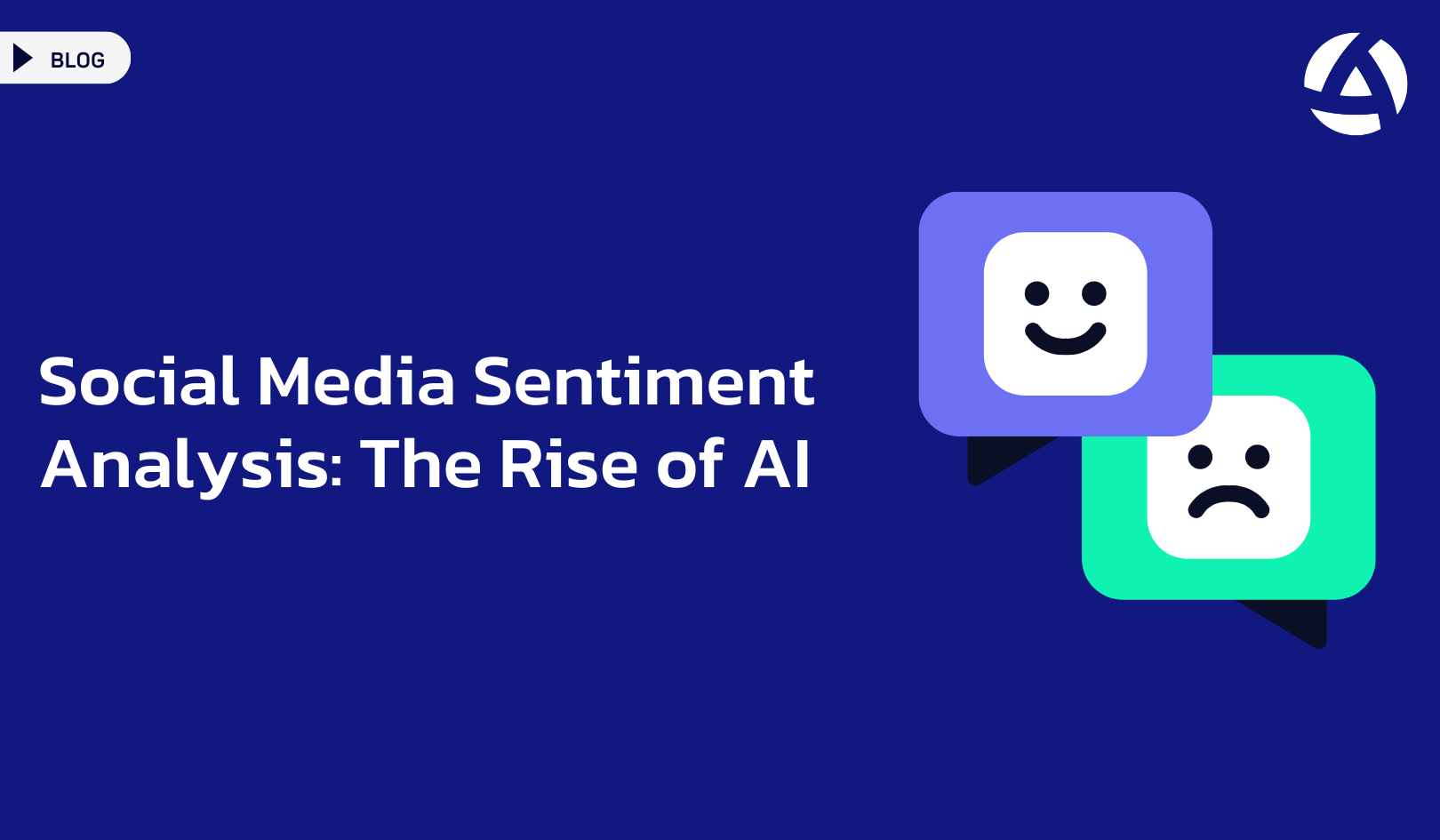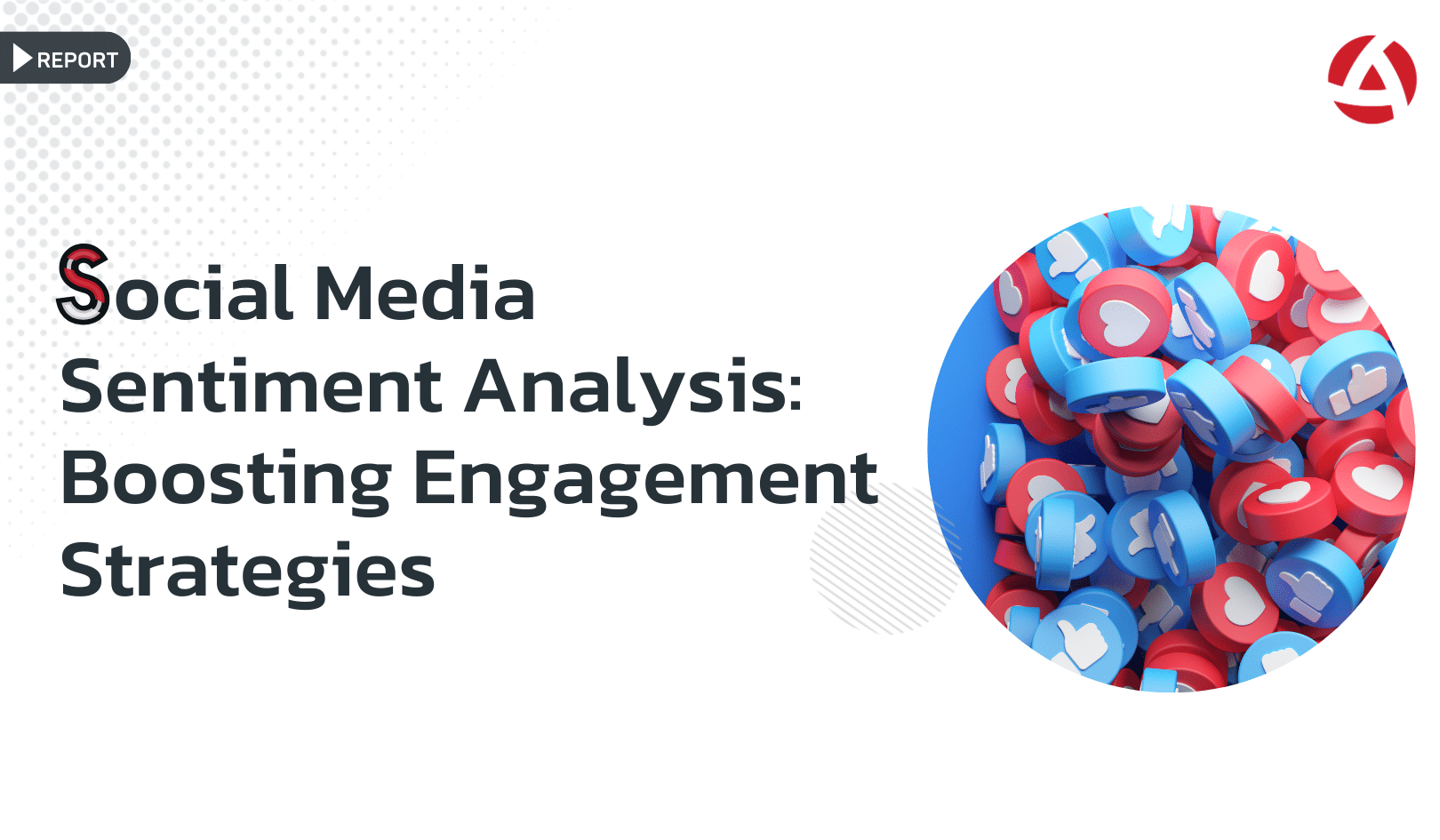The rise of AI is transforming how businesses analyze and interpret the vast ocean of opinions shared across social media platforms. Social Media Sentiment Analysis, powered by AI, enables companies to decode these conversations, providing insights into customer feelings, preferences, and needs. This shift has revolutionized how businesses engage with their audiences and shape strategies.
What is Social Media Sentiment Analysis?
Social Media Sentiment Analysis uses AI and machine learning to process and analyze large amounts of data from social platforms. It focuses on understanding the emotional tone behind online conversations—whether they are positive, negative, or neutral.
Key components of sentiment analysis include:
- Natural Language Processing (NLP): AI systems interpret the meaning of human language from social media posts.
- Text classification: Grouping content based on the sentiment expressed, helping businesses measure customer opinions.
How AI Improves Social Media Sentiment Analysis
AI’s ability to learn and adapt makes sentiment analysis more accurate over time. The technology not only processes large volumes of data but also understands nuances in language that can be missed by manual analysis.
Some AI-driven benefits include:
- Faster analysis: AI processes thousands of comments or posts in minutes.
- Improved accuracy: Machine learning models can recognize context and sarcasm, improving sentiment detection.
- Real-time tracking: AI enables businesses to monitor sentiment as it changes, helping them stay ahead of trends.
Why Social Media Sentiment Analysis Matters
With millions of users expressing their thoughts on social platforms daily, understanding what they are saying is essential for businesses. Sentiment analysis helps companies:
- Understand customer preferences: Discover what customers like or dislike about products or services.
- Measure brand reputation: Gauge public opinion to assess the strength of the brand image.
- Identify trends: Spot shifts in consumer sentiment and emerging topics of interest.

Frequently Asked Questions
How does social media sentiment analysis help improve brand reputation?
Social media sentiment analysis enables businesses to monitor public opinion, allowing them to address negative feedback quickly and maintain a positive brand image.




